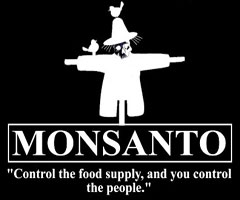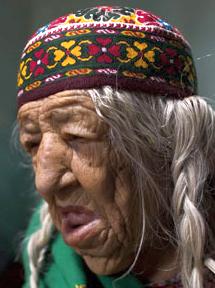For anyone who is interested, this is how it works:
http://www.genome.gov/27532724
http://www.genome.gov/27532724
What makes the epigenome change?
Lifestyle and environmental factors can expose a person to chemical tags that change the epigenome. In other words, your epigenome may change based on what you eat and drink, whether you smoke, what medicines you take, what pollutants you encounter and even how quickly your body ages. There is also some evidence from animal and human studies that indicates that what a female eats and drinks during pregnancy may change the epigenome of her offspring.
Most epigenomic changes are probably harmless, but some changes may trigger or increase the severity of disease. Researchers already have linked changes in the epigenome to various cancers, diabetes, autoimmune diseases and mental illnesses.
How do changes in the epigenome contribute to cancer?
Cancers are caused by a combination of changes to the genome and the epigenome.
Is the epigenome inherited?
Just as the genome is passed along from parents to their offspring, the epigenome can also be inherited. The chemical tags found on the DNA and histones of eggs and sperm can be conveyed to the next generation.

 Farmers like genetically modified (GM) crops because they can plant them, spray them with herbicide and then there is very little maintenance until harvest. Farmers who plant Monsanto's GM crops probably don't realize what they bargain for when they sign the
Farmers like genetically modified (GM) crops because they can plant them, spray them with herbicide and then there is very little maintenance until harvest. Farmers who plant Monsanto's GM crops probably don't realize what they bargain for when they sign the 
